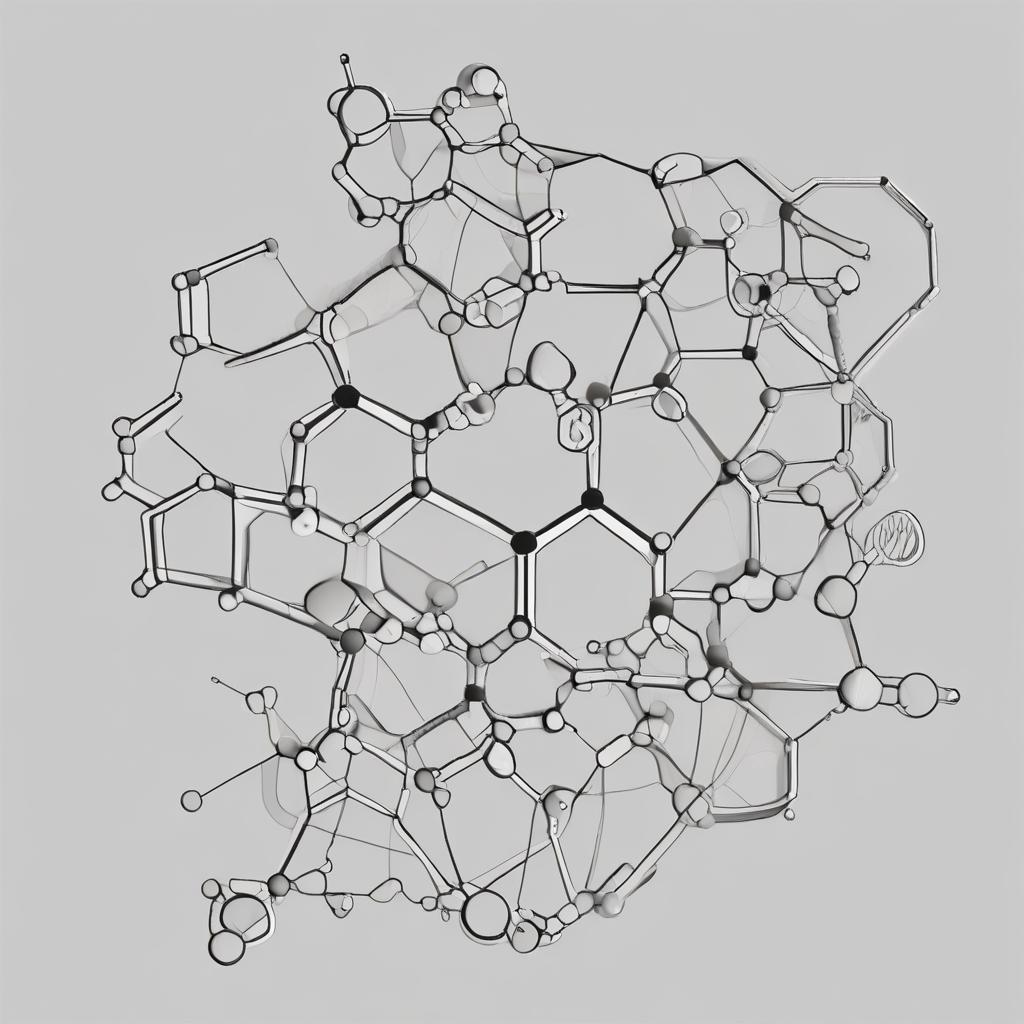What are PARP Inhibitors?
PARP (Poly (ADP-ribose) polymerase) enzymes are involved in repairing single-strand breaks in DNA. If these single-strand breaks are not repaired, they can lead to double-strand breaks, which are more deleterious to the cell. PARP inhibitors work by blocking the activity of these enzymes, preventing the repair of single-strand DNA breaks. This inhibition is particularly effective in cells that are already deficient in other DNA repair mechanisms, such as those with BRCA1 or BRCA2 mutations.
Mechanism of Action
- DNA Damage Response: PARP enzymes detect and initiate repair of single-strand DNA breaks.
- Inhibition: PARP inhibitors bind to the PARP enzymes and prevent them from repairing DNA.
- Synthetic Lethality: Cancer cells with BRCA1/2 mutations are already impaired in homologous recombination repair, another critical DNA repair pathway. When PARP is inhibited, these cells cannot repair DNA damage effectively, leading to cell death.
Clinical Applications
PARP inhibitors are primarily used in the treatment of cancers with BRCA mutations, including:
- Ovarian Cancer: Particularly effective in patients with BRCA1 or BRCA2 mutations.
- Breast Cancer: Especially in BRCA-mutated, HER2-negative metastatic breast cancer.
- Prostate Cancer: Effective in metastatic castration-resistant prostate cancer with specific DNA repair gene mutations.
- Pancreatic Cancer: Used in germline BRCA-mutated metastatic pancreatic cancer.
Approved PARP Inhibitors
Several PARP inhibitors have been approved by regulatory agencies for clinical use, including:
- Olaparib (Lynparza): Approved for ovarian, breast, prostate, and pancreatic cancers.
- Rucaparib (Rubraca): Approved for ovarian and prostate cancers.
- Niraparib (Zejula): Approved for ovarian cancer.
- Talazoparib (Talzenna): Approved for breast cancer.
Side Effects
Common side effects of PARP inhibitors include:
- Fatigue
- Nausea
- Anemia
- Thrombocytopenia (low platelet count)
- Neutropenia (low white blood cell count)
Recent Advances
- Combination Therapies: Researchers are exploring the combination of PARP inhibitors with other treatments like immunotherapy and chemotherapy to enhance their effectiveness.
- Biomarker Identification: Identifying biomarkers beyond BRCA mutations that predict response to PARP inhibitors is a significant area of research.
- Resistance Mechanisms: Understanding how cancers develop resistance to PARP inhibitors can help develop strategies to overcome or prevent resistance.
Interesting Studies
- A study published in the New England Journal of Medicine demonstrated the efficacy of olaparib in patients with BRCA-mutated metastatic pancreatic cancer, providing a new treatment option for this hard-to-treat cancer.
- Recent trials are investigating the use of PARP inhibitors in combination with immune checkpoint inhibitors to exploit the DNA damage response and enhance anti-tumor immunity.
Conclusion
PARP inhibitors represent a significant advancement in the treatment of cancers with specific genetic profiles, particularly those involving BRCA mutations. Their use is expanding as ongoing research uncovers new applications and strategies to overcome resistance.
If you have any specific questions or need more detailed information on a particular aspect of PARP inhibitors, feel free to ask!



